LED market analysis data shows that in 2011, the global LED market output value reached 16.6 billion US dollars, the scale of the entire industry is still expanding. In the entire product system, more than 60% of production failures and more than 70% of market rework are caused by device failure, but most companies do not use systematic electronic reliability engineering methods to solve the problem, resulting in product quality. Not high, the service life is not long. China's electronic lighting industry is affected by many factors such as price, and there are obvious deficiencies in the design of extending product life. In view of this, it is foreseeable that in the development of the LED industry, how to evaluate and improve the service life of LED products will become a new round of issues.
Optimized design to improve LED lamp life
Service life is an important indicator
Testing, evaluating and improving with appropriate reliability engineering techniques can increase product reliability by more than 10 times.
The service life of LED products mainly includes factors such as product quality and reliability, and the reliability of the products is a key factor affecting the service life of the products. Reliability refers to the ability of a product to perform a specified function under specified conditions and within a specified time. The main reasons for poor product quality and reliability include low design level, lack of hardware application experience, and lack of electronic reliability system engineering methods. Practice has proved that using the appropriate reliability engineering technology to test, evaluate and improve the product can increase the reliability of the product by more than 10 times, thus extending the service life of the product.
At present, many enterprises are constantly expanding their foreign markets and increasing their exports to European countries and the United States while facing fierce domestic competition. The European Union and the United States have also introduced many directives and standards for LED lighting. For example, the US Department of Energy and the Environmental Protection Agency jointly issued the "Energy Star" Act. The life expectancy of an integrated LED bulb is to maintain at least 70% of the initial luminous flux after 25,000 hours of use. The North American Lighting Association has issued the LM-80-08 LED product standard, which standardizes the test method and clearly defines how the product tests "rated lumen maintenance life". In Europe, many evaluation standards for LED products are being developed. The specific standards are as follows: IEC 62722-1 and IEC 62722-2-1 for luminaire performance requirements, and IEC 62717 for LED module performance requirements. The standard for the performance requirements of flow LED bulbs is IEC 62612, and the standard for LED driver performance requirements is IEC/EN 62384. After these standards are officially promulgated and implemented, LED products will undergo a full range of assessments. In addition to current safety requirements and energy efficiency requirements, coverage performance requirements and product life expectancy will also be important indicators for assessment.
Optimize design effects immediately
In order to improve reliability, extend product life, and comply with relevant domestic and foreign standards, some improvements can be made to LED products.
For the enterprise itself, in order to improve reliability, extend product life, and meet relevant domestic and foreign standards, some improvements can be made to LED products. For example, reducing the temperature during use of the product can have an immediate effect on improving product reliability and extending product life. 
The two products on the left are more common in practice, but similar products can be optimized for better performance and appearance.
In terms of heat dissipation, the traditional way is to add a heat sink. However, the optimized LED products in the figure are realized by the conical shape design. First, because the cone can form a variety of "ventilation ducts", it helps the bulb to transfer heat and achieve heat dissipation. Secondly, the reasonable selection of the device, the rejection of unqualified or early failure products through testing also helps to improve product reliability. In addition, reasonable process improvements can also help improve the life of the product. To put it simply, it is necessary to reduce the stress on the device by standardizing a reasonable process flow, thereby enhancing product performance and improving the durability of the LED product.
In general, improving product reliability can effectively improve the grade of the product, and generate higher cost performance, creating more economic benefits for the enterprise. At the same time, fair and reliable certification of these products will increase the credibility of the company and help companies enter the European and American markets more smoothly.
Galaxy S8 3D Viewer is a 3D viewer in phone case shape, you can take it and watch 3D movies on your smartphone with this 3d viewer.
HOW TO USE THE SNAP3D AS A 3D SCREEN
The attached 3D screen on the Snap3D acts
like 3D glasses.
To turn your smartphone into a 3D device, you need to first download the
[Mplayer3D" application.
Then install the Snap3D on your smartphone screen and run Mplayer3D.
Enjoy the stunning stereoscopic 3D!
About Mplayer3D
An application that transforms your
smartphone into a 3D TV.
Can be download for free.
Supports video streaming on YouTube
A video player which DOES NOT support contents.
Provides demo videos only in the download section.
Supported format: MP4
DOES NOT support 2D to 3D conversion.
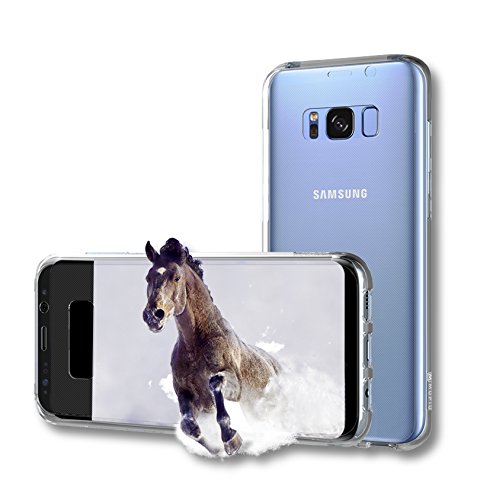
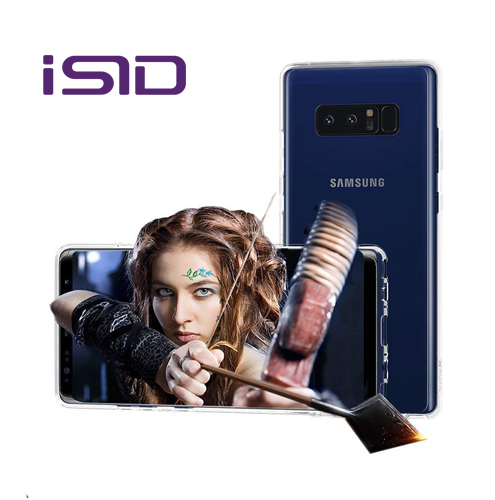
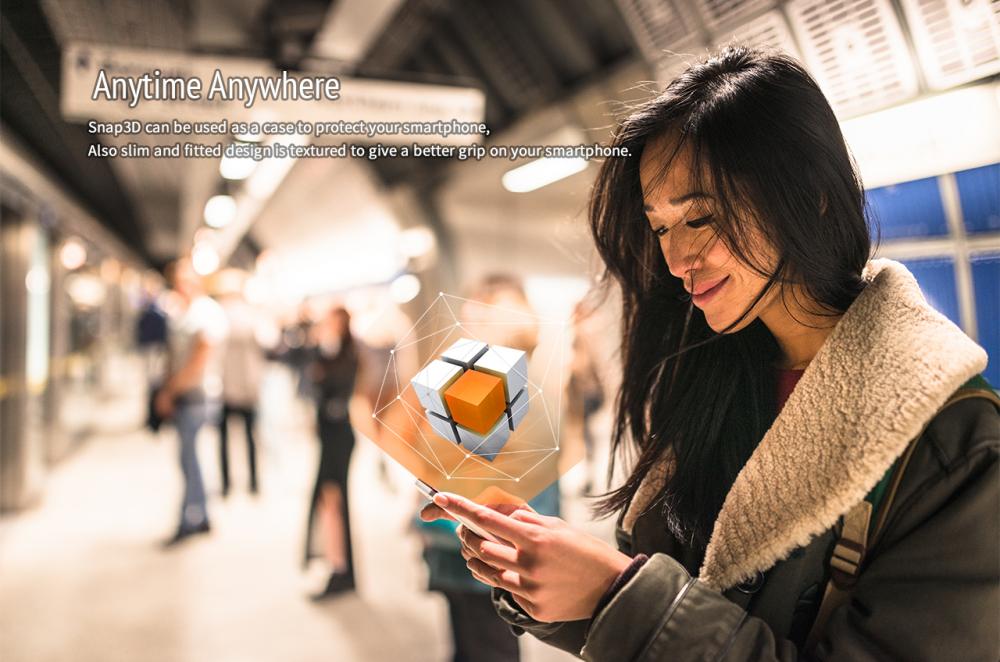
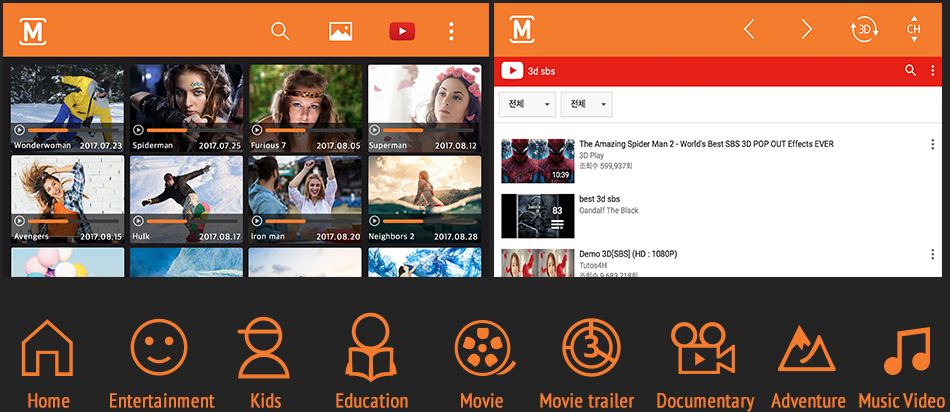
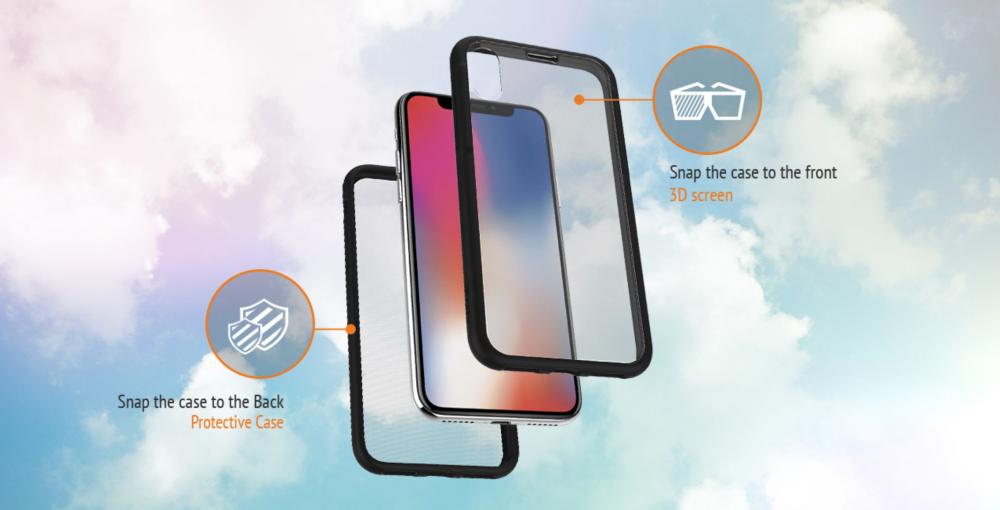


Galaxy S8 3D Viewer
Galaxy S8 3D Viewer,Galaxy S8 Vr Viewer,3D Viewer For Galaxy S8,Vr Viewer For Galaxy S8
iSID Korea Co., Ltd , https://www.isidsnap3d.com